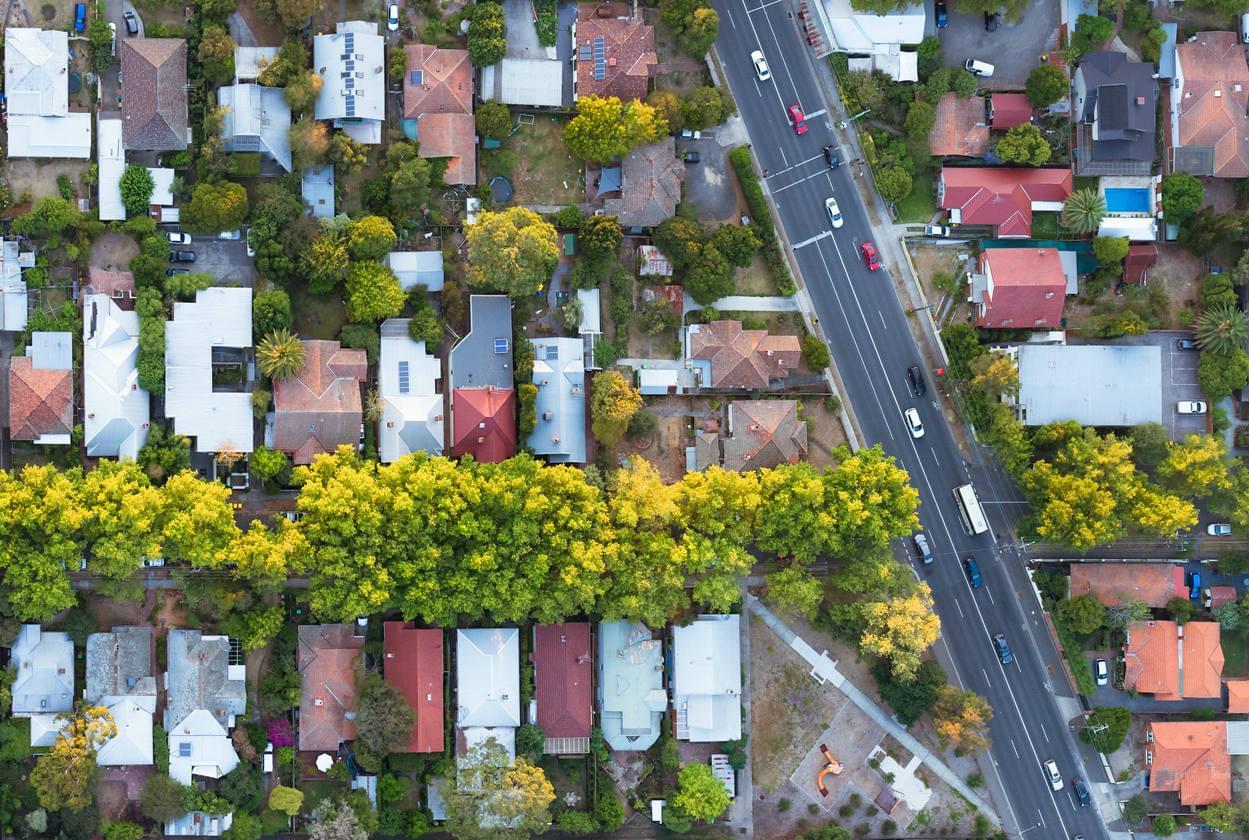How do you know if a suburb is booming? It comes down to these 5 indicators
Learn more about our editorial guidelines.
Buying into a suburb at the right time is the holy grail of property investing.
Time it right and you catch it on the uptick as buyer demand shoots through the roof, and you could flip it for a tidy profit, or hold onto it for a longer-term play. Either way you come out on top.
So how do you go about identifying a booming suburb? Thankfully today we have a wealth of property market data to help us make an informed decision. This article will help you understand:
- How to find high growth suburbs
- Suburb growth profiles
- What makes a good suburb
- What is a good capital growth rate
Let’s start by looking at all the data you can access in your search for
Take a look: OpenAgent real estate investing hub

What type of property data is available?
There is a long list of key property market data or metrics you should analyse when researching a market. The ones we list here are especially significant and useful when it comes to identifying markets where property is set to boom, specifically:
- Property values, where rising values over the short to medium term could indicate a positive trend. If you are looking for a boom suburb you need to zone in on suburb sales data. This is typically displayed by suburb or postcode and lists auction and private sale prices for houses and units, along with addresses and sale dates. Here you would be looking for high growth rates in street prices over relatively short time frames - typically a few years.
- If properties are getting sold very quickly they will be on the market for a short period of time - described as days on market (DOM). This is a good sign that it is a boom market, though you need to know your local market, as this figure can vary widely by market/location.
- Rental yields, which details how much income/rent a property could fetch over a timeframe, as a proportion of its value. Rising rental yields are a good sign that there is strong demand for rental accommodation.
- A clearance rate, expressed as a percentage, of the number of properties sold at auction over a week/month. Multiple factors can affect the auction clearance rate, including prevailing interest rates, the time of year, public holidays and even major sporting events. In major cities look for clearance rates over 70 per cent, though this can vary depending on the postcode and time of year.
- The vacancy rate is a metric that tells you the amount of demand for rental property, with high rates indicating low tenant demand or a glut of rental properties on the market. Look for low vacancy rates as an indication of high demand for rental properties.
There are also other macroeconomic data and factors you need to monitor. This can include consumer confidence, interest rates, employment data and local economic realities like the market cycle - which can all influence the property market you are researching.
Where can I access property data?
So, where can you access all this data? There are a number of sources for property-related data, ranging from subscription-based services to state real estate bodies, real estate listing websites and even local real estate agent sites. Some of the high profile and widely used sources include:
RP Data/CoreLogic which is the largest provider of property information, analytics and property-related risk management services in Australia.
- Residex is another credible source of property market data, with suburb reports that detail median value of properties, demographic data, number of properties and the property types in the suburb, estimated days on the market (DOM) and the number of property sales in the past three months.
- Realestate.com.au and Domain list properties for sale but also have a wealth of other data including property value, suburb data, a market snapshot for the suburb and surrounding area, and price estimates for properties right across the country.
- State-based associations like The Real Estate Institute of Victoria (REIV) and Real Estate Institute of Tasmania (REIT) provide market insights and data such as suburb reports and auction results.
- Government agencies like the Australian Bureau of Statistics (ABS) have baseline financial, demographic and economic data that can also inform your decision making.
- Most local estate agents have properties listed for sale on their site, so are a good source of listing data.
Let’s now look at what growth indicators to look for in your search.
5 indicators of high growth suburbs
So what makes a good suburb?
Buy into a property hotspot at the right time and you could greatly increase your ROI in a short time frame. High growth suburbs typically exhibit the following 5 signs:
- A low number of properties on the market, accompanied by high demand for these, which often predates a rise in house prices.
- Sellers are going the auction route, rather than listing for sale. This is a sure sign that real estate agents believe that the demand for properties in the area warrants an auction, where competition often drives prices up.
- Major infrastructure projects are planned or are currently in the works, including upgraded transport links, a new shopping centre or a major centre of employment - basically anything that is going to boost lifestyles and the local economy.
- Suburbs where the rental yield is rising, as this indicates there is strong demand for rental accommodation in the area.
- Areas with a rising population and obvious signs of gentrification, such as high renovation activity and an uptick in shops, cafes and local businesses opening.
You also need to know what is considered a high rate of growth.
What is a good capital growth rate?
A property or suburb that is experiencing strong capital growth is one of the best ways to generate long-term capital profit.
Capital growth is the growth in the value of a property’s value, expressed as a percentage over time. An area experiencing strong capital growth would be posting growth rates of anywhere from +6.5 per cent to +10 per cent per annum. When researching properties to purchase investors often use a simple formula, adding a minimum of +5 per cent to the current rate of inflation. This ensures their
You would also look at the historical performance of the suburb over time, specifically how property prices have moved in the past two to three years
Example: If you invested in a property for $500,000 and it posted growth of +8 per cent over ten years you would accumulate an average capital growth of $57,946 p.a. This translates into $579,462 capital growth over the life of the investment, and your property value would be $1,079,462 after ten years.
A good place to start your search for suburbs with high growth potential is to research suburb growth profiles.
Analysing suburb growth profile
Domain and realestate.com.au both have excellent suburb growth profiles, where you can research the latest median prices, real estate market data and demographic information. It’s as easy as entering a suburb or postcode to get comprehensive suburb profiles detailing key data such as:
- Number of properties sold
- Median prices
- Quarterly growth
- 12 month growth
- Rental yield
An example of data on the Melbourne suburb of Carlton, via realestate.com.au, looks like this:
‘Carlton has 835 properties available for rent and 191 properties for sale. Median property prices over the last year range from $1,442,500 for houses to $485,000 for units. If you are looking for an investment property, consider houses in Carlton rent out for $650 PW with an annual rental yield of 2.3% and units rent for $350 PW with a rental yield of 3.8%. Based on five years of sales, Carlton has seen a compound growth rate of 4.5% for houses and -4.2% for units’.
This gives you a good snapshot of key data so you can decide if you want to investigate the suburb in more detail. You may also want to view properties in person, attend open house inspections and/or get advice from real estate agents in the area.
Getting advice from local real estate agents
There are a range of property and finance professionals who can help you make an informed decision when it comes to property investment. Consider contacting local real estate agents who will have insights on a whole range of issues, specifically the current state of the market. They can also give you a realistic appraisal of your property, the best sale method for the area and help to market your property. If they handle the sale of your property then can also handle all the practical aspects like open house inspections, fielding enquiries from buyers and negotiating with them. You can also consult a financial adviser, tax professional or mortgage adviser to help you make an informed decision.
What are your investment goals?

If you are new to property investment take the time to identify what your investment goals are, and if property fits into this. Even in a boom market property will take time for capital growth to accrue. You also need to be aware that there are significant costs associated with purchasing, holding and selling a property.


